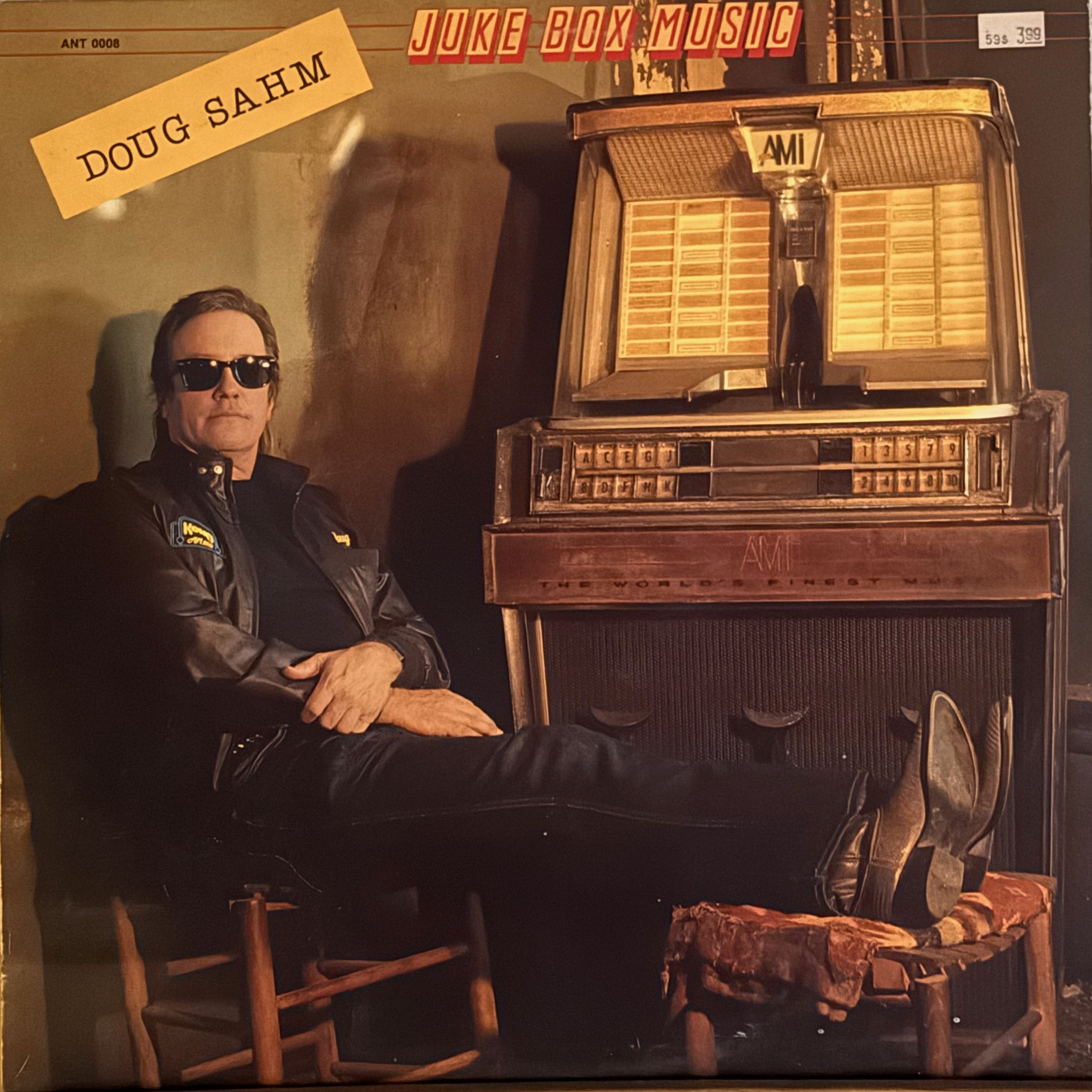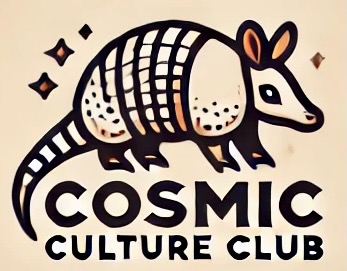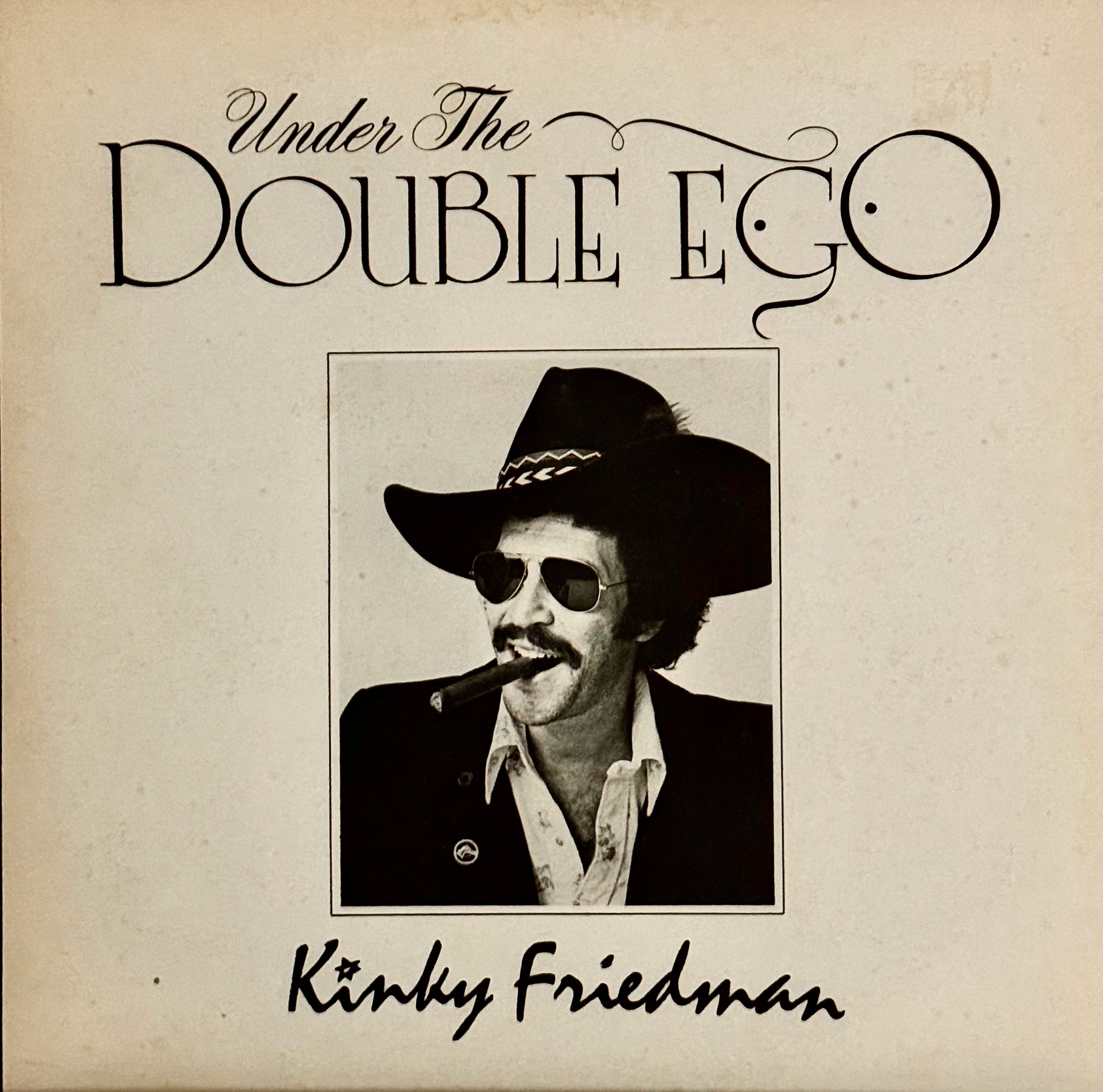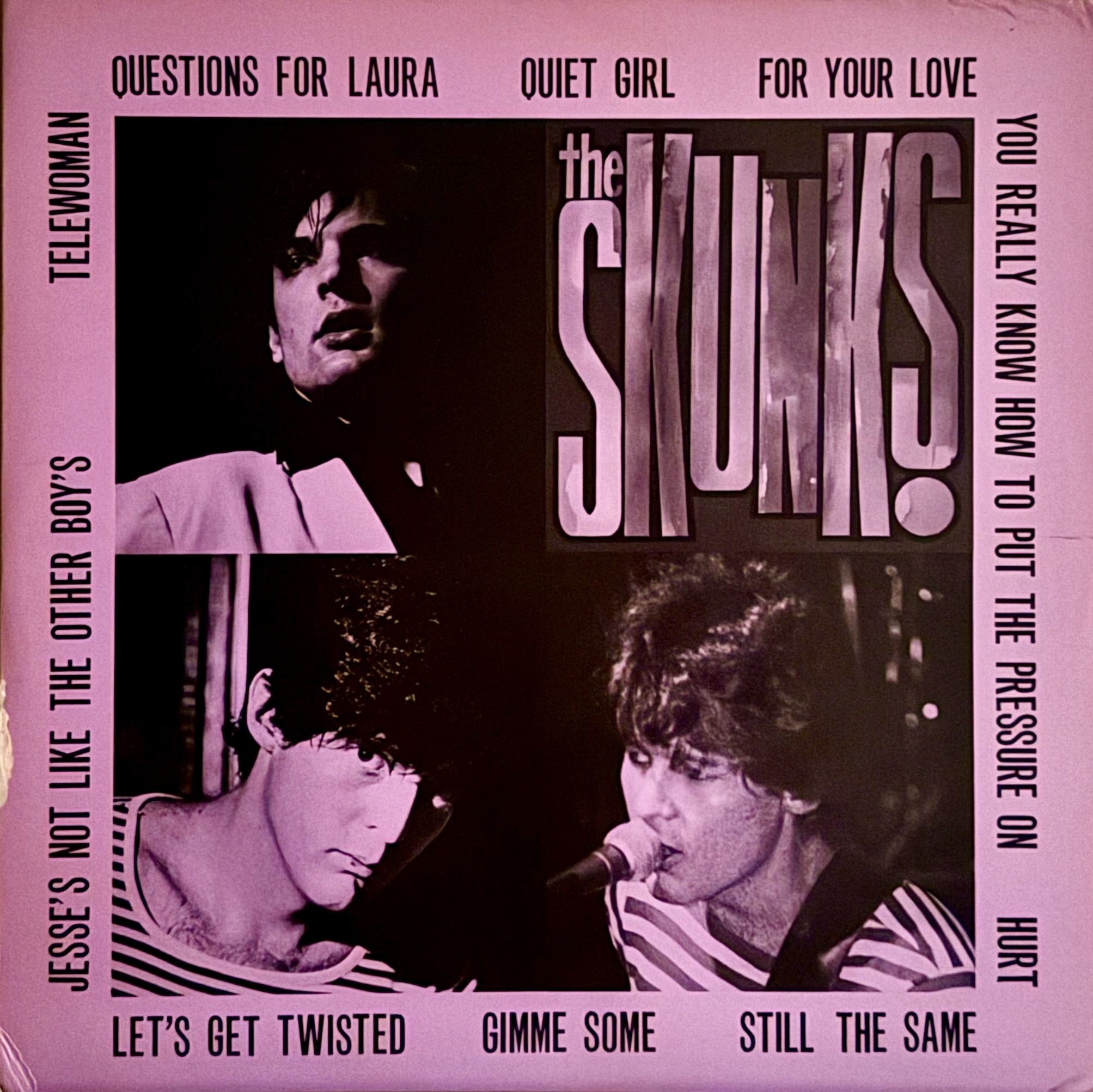Doug Sahm
Album: Juke Box Music
Released: 1989
Juke Box Music is a late-night joy ride with Doug Sahm as he weaves his way through the neighborhoods of R&B, doo-wop, and blues. It’s a detour from the tejano-tinged redneck rock he was known for, but not a surprise to fans. The Austin-American Statesman prophesied it was an album that would “confound music fans and critics consumed with a desire for easy categorization, but for those familiar with Sahm’s mix-and-match musical universe it’s just Doug doing his thing.”
Doug had not been doing his thing in Austin for quite a while. It had been eight years since he released an album in America and he had divided most of that time between Sweden, where he built a loyal Scandinavian following, and Canada. But, by 1987 he was back in Austin and performing regularly at Antone’s nightclub. Clifford signed him to release the album on the local label, and longtime Sahm collaborator George Rains—legendary drummer for Angela Strehli and a leading member of Antone’s house band—came on board as producer. It was a serendipitous pairing that allowed the duo to realize a concept they first discussed twenty years earlier during the Summer of Love while living in San Francisco’s Haight-Ashbury.
Juke Box Music contains two original compositions, but primarily pulls from the songbooks of other artists including Otis Redding, Guitar Slim, and Lloyd Price. Doug Sahm doesn’t cover the songs as much as he borrows them and turns them into something that belongs to him. In a contemporaneous review Michael Point described the phenomenon as: “The songs don’t sound like the originals, but they sound like they are performed by an original … Sahm knows these tunes inside and out, and his easy familiarity with them lends the album a user-friendly feeling that perfectly exemplifies its Juke Box Music title.”
This is a quintessential album that claims the slim slice of the Venn diagram where Redneck Rock and Austin Blues overlap. Here, one of the leading men of the Armadillo World Headquarters joins forces with the musicians who turned Austin into a blues town to create a jewel of an album. It sounds like a late night downtown in a dark smoky bar on a hot Texas night.

The Martini
A late night in a smoky blues bar is the perfect environment for a Martini. Specifically, a dirty gin Martini. The mixture of gin, dry vermouth, and olive brine creates an umami-rich flavor that is both crisp and strong. There is a hint of sophistication, but it is coupled with the grittiness that comes from drinking lightly diluted gin. This is a concoction for discerning professionals, not casual or binge drinkers.
Since descending from the classic Martinez, the Martini has established its own distinct family of drinks. Many are regarded as sophisticated cocktails that rely on premium liquors, precise measurements, and a mixologist with a funny mustache. Not the dirty gin. It’s a blue-collar Martini that can be poured freehand by a club bartender—the olive brine masks imperfections.
Use a dry gin. Hendrick’s, Beefeater, or Bombay are all excellent choices. Don’t get too caught up in the proportions of ingredients; what is provided here is a guide, but it’s up to personal preference. For an extra-dirty variation, add more brine. For more sweetness, increase the proportion of vermouth. Always garnish with three olives.
Ingredients
- 2 ½ ounces gin
- ½ ounce dry vermouth
- ½ ounce olive brine
- 3 olives (for garnish)
Directions
- Add ice to shaker
- Combine gin, vermouth, and olive brine
- Stir for thirty seconds
- Strain into a Martini glass
- Garnish with olives speared on a pick









